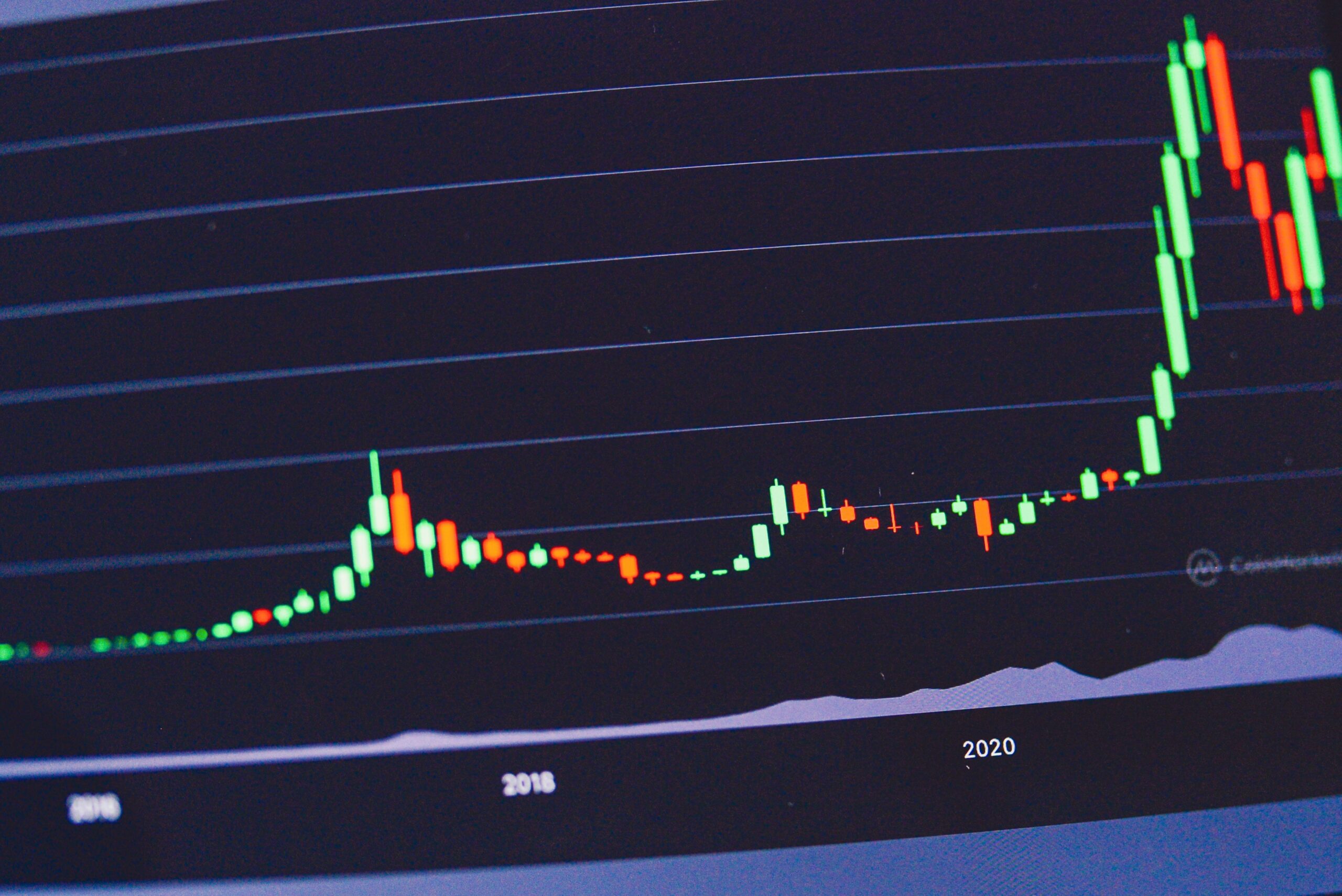Adapting to a digital future: Banking and payments in 2023 and beyond
It’s safe to say that banks and financial institutions (FIs) worldwide are in the midst of a period of great change. Despite it feeling like a distant memory for most, the COVID-19 pandemic had a lasting impact on the industry as it spurred a boost of demand for digital banking, resulting in extra traffic that still needs management today. There are also looming deadlines as part of ISO 20022 migration, including the end of the coexistence period in 2025 and new initiatives emerging from the European Commission to make Instant Payments in Euros available to all EU and EAA citizens.
New fraud prevention practices are also being introduced, such as Confirmation of Payee, and potential disruptions raised by Russian sanctions must now be incorporated into any push towards improving cross-border payments. Such challenging circumstances paradoxically make planning for the future both more difficult and necessary.
To keep up with all this change, both in circumstances and customer demands, it is clear that banks and FIs will have to swiftly embrace the latest technological solutions. Such a digital transformation will inevitably involve replacing legacy systems and optimising connectivity to global payment networks. There has never been a more critical time to reimagine the role of technology in the sector, as doing so could be the deciding factor in remaining competitive and compliant.
Vitus Rotzer, the Chief Revenue Officer for Financial Messaging at Bottomline, is sceptical that many financial businesses are prepared enough for the future. At Sibos 2023, he said: “My honest feeling is that they are not as ready as they [say they] are, and they should accelerate their roll-out. While they have a plan, this isn’t enough. They need to speed up adoption to keep pace with innovation and be prepared for, the future, which is increasingly being driven by regulatory mandates and customer expectations.”

Source: Shutterstock
It’s wise, therefore, for banks and FIs to compare their own strategic priorities, product roadmaps, and plans for the future with those of their peers. This way, they can gain valuable insights into technology trends and benchmark their readiness against industry standards. They can do this by reading the third annual ‘Future of Competitive Advantage in Banking & Payments 2023’ from Bottomline.
The report provides the results of a peer-based, real-time comparison benchmarking survey that took place from May to September 2023. Over 500 banking and FI players across treasury, fraud, operations, innovation, product, and technical implementation at C-Level from 32 countries responded. They were asked about meeting customer expectations, advancing their digital payment transformation strategy, key competitive priorities, and roadmaps for 2023 and beyond.
Zhenya Winter, Head of Marketing for Financial Messaging at the company, said at Sibos 2023: “Our industry is particularly driven by regulation but also customer demand, so what we want to make sure is that, in this competitive environment, banks and FIs can benchmark themselves in real-time to see how they compare in what they’re prioritising.”
One of the report’s key findings is that legacy infrastructure and fraud mitigation tend to be considered the most common barriers to success in the industry. The biggest issue 27% of respondents had with their current payment infrastructure was legacy systems, as 31% said it was also a barrier to adopting real-time payments. Another 44% said replacing this out-of-date IT was one of their top priorities over the next 12 months.
Experts at Bottomline indicate that transitioning from on-premise software to software-as-a-service (SaaS) is the best way to overcome the limitations of legacy infrastructure. Such technology not only fosters operational efficiency and interoperability between internal systems but also aligns with the need for cloud scalability and outsourced updates in an era marked by industry mandates and constant innovation. Other benefits include improved security, enhanced insight into financial information, and assured compliance regarding global financial messaging data processing. This will also help ease prevailing concerns about compliance and regulation, which 69% of respondents expected to become more important this year compared to 2022. However they said that it would be very challenging or somewhat challenging to meet regulatory targets.

Source: Shutterstock
Adoption of new payment rails, such as real-time payments, was the top priority for banks and FIs, with fraud mitigation coming in second at forty-five percent. These two priorities go hand in hand in the context of faster payments and a misconception of faster fraud – an issue that is not as pertinent as before due to better fraud checks and improved pre-validation. Additionally, 56% of FIs believe that ISO 20022 will help them improve their fraud monitoring and management.
Mr Rotzer said: “[ISO 20022] will ease the path for frictionless payment by leveraging rich, structured and interoperable data that will allow you to improve fraud detection, ease compliance and provide transparency through better reporting analytics.”
Ms Winter added: “SaaS and ISO 20022 themselves aren’t particularly interesting, but what makes them exciting is the potential ramifications of getting those right in terms of prioritising your roadmap and winning that competitive advantage. It’s the capability that it offers which is so exciting rather than the tech itself.”
However, the report shows that it is not the replacement of legacy tech, fraud prevention, or even the creation of new revenue streams that sits at the forefront of most of the industry’s minds. As previously mentioned, it is actually adopting new payment rails like real-time payments, with 51% of respondents naming it their highest priority for the next twelve months. According to Ms Winter, this is, at least in part, driven by regulation. For example, when the mandate is ratified, banks and FIs in Europe will have only six months until they must enable all EU citizens to be able to receive instant payments and 12 months to send them (While the European Economic Area is 30 months and 36 months, respectively). These are tight deadlines, and there are additional requirements added for pricing, pre-validation, and sanction screening to adhere to as well.
While not as high a priority as these other factors, 52% of respondents said that they are putting an increased focus on cross-border payments at the moment. The greatest pain point related to this, cited by 35% percent of respondents, was a lack of visibility on payment status. This is a surprise when arguably ISO 20022 and Swift gpi offer clear solutions. The issue here is likely to be a lack of adoption of best practices by banks and FIs given the tools are available.
The best recipe for seamless cross-border payments is cooperation, collaboration, and co-existence. Achieving this is particularly difficult in the APAC region because it trades over 28 main currencies and has diverse trade partnerships between countries. Despite collaboration being necessary (as not all banks hold every currency), larger banks don’t tend to partner with many small banks, which can create liquidity challenges for the latter. An alternative is leveraging multi-lateral cross-border payment platforms such as Visa B2B Connect via Bottomline’s API gateway.
For more insight into the main priorities and plans of the financial industry, click here to read the full ‘Future of Competitive Advantage in Banking & Payments 2023’ report.









